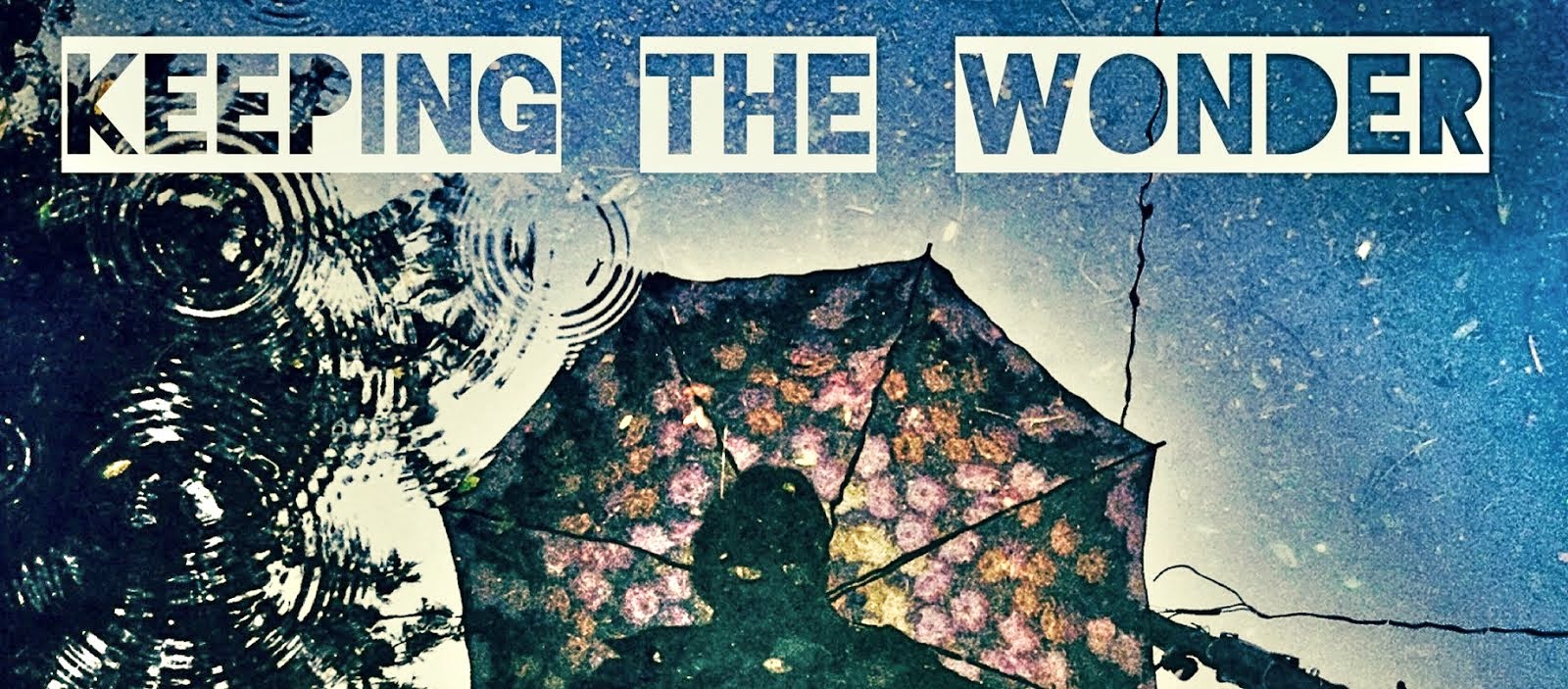p
Prep work: Teachers! Go forging! Gather up leaves, pinecones, thorny wood, bark, driftwood, seashells & good-sized rocks; looking for textures or stripes. I arranged everything on the tables where students would be working. I made (& stressed) the rule "look with your eyes, not your hands" otherwise, the kids would have been all over everything. Here are some pics of things I used for drawing inspiration, in addition to everything I had. (Teaching art is the probably the only profession where you steal things from home & bring them to work!) I felt funny as I toated my huge canvas bag into the school - it probably weighed 30 pounds - all the rocks & wood.

To the left are some examples I found online - textures created with pen - I used pencil with the students.
I told students to pretend they were looking through binoculars & zooming up on the object they were drawing while looking for patterns & designs.
When they were drawing the items I told them that they didn't necessarily have to draw exactly what they saw - but rather to be inspired by it.
 I had students draw 9 boxes spaced as equally as possible on their 11x16 paper, then I'd pick an object to focus on saying "look at the spotted rocks on your table, draw that" I would do my example of a rock, in my box on my paper that was up on the white board. Then they would do theirs. Or I'd say, "Let's look at the wood, do you see those lines running through it?" In turn we drew everything that was on the table.
I had students draw 9 boxes spaced as equally as possible on their 11x16 paper, then I'd pick an object to focus on saying "look at the spotted rocks on your table, draw that" I would do my example of a rock, in my box on my paper that was up on the white board. Then they would do theirs. Or I'd say, "Let's look at the wood, do you see those lines running through it?" In turn we drew everything that was on the table.We tried combining different types of lines together to create unique patterns.
The idea is for young artists to look at these patterns by observing the details in nature & saying, "what would happen if I zoomed in close & only looked at the shapes, or lines, or spaces?"
When drawing textures in nature - instead of just saying, "oh thats pretty", look & say, "that's beautiful, how can I use this, or be inspired by this?' Look at one particular part or shape & show it to the world through your art!
Then getting a little more technical, drawing details in this fashion is really more of a representational vs. abstract art. The details get so detaily they become abstract….
You can look at something in its raw form & see something no one else ever saw! You can create order, chaos & design.
The best way to learn in to draw is to, doodle, create, look around & explore! Draw what you see, not what you think you see. I told the kids not to worry if their drawings didn't quite look like mine, or even what they were drawing - I said, "you are all learning, & everyone sees things differently." I always walk around while the students are drawing, helping those who really need it, or critiquing the art of those who were doing well. Kids are so fun! There are several types of "rhythmic line designs & patterns" - I told students to always be on the lookout for these rhythmic patterns. I used the idea of music: it has a beat, a rhythm, a pattern. Abstractly speaking, drawing a rhythmic art pattern is like drawing the sound of music, creating sound waves & gestures.
● Straight line design ● Zigzag line design ● Spiral design ● Curved lines designs ●
Here are some student drawings, 3rd graders. The K, 1st & 2nd graders' drawings were a little more wild looking; whereas the 4-6th graders were more neat/contained. I love seeing each child's perspective & how they chose to create their patterns. Each child is so unique!
If you found this interesting, unintelligible or inspiring, please leave me a comment! I'm thinking about posting more on teaching & art. I would love any feedback! Thanks!




Fantastic!
ReplyDeleteI have a very good friend who teaches small classes (though mostly she likes to do portraits for people) as well, and I've had a hand in it myself - so I enjoyed reading your take on it... Littler kids are always the best students :]
Thank you for sharing :D
Thanks J D! Yes, young kids are so much fun to work with! They are so honest and funny and eager to please. I always like hearing their little observations about art, what they think, what they see… and getting to hear all of the totally unrelated stuff they say is entertaining. ;)
DeleteWonderful! Thanks so much for sharing. I was looking for a couple of new ideas in teaching texture to my art students.
ReplyDeleteShauna, thanks for reading and taking the time to comment! Really appreciate it. Best of luck with your texture teaching! …I've had fun looking at your blogs - you've got some great stuff over there! Ya got a new follower here. Cheers!
Delete